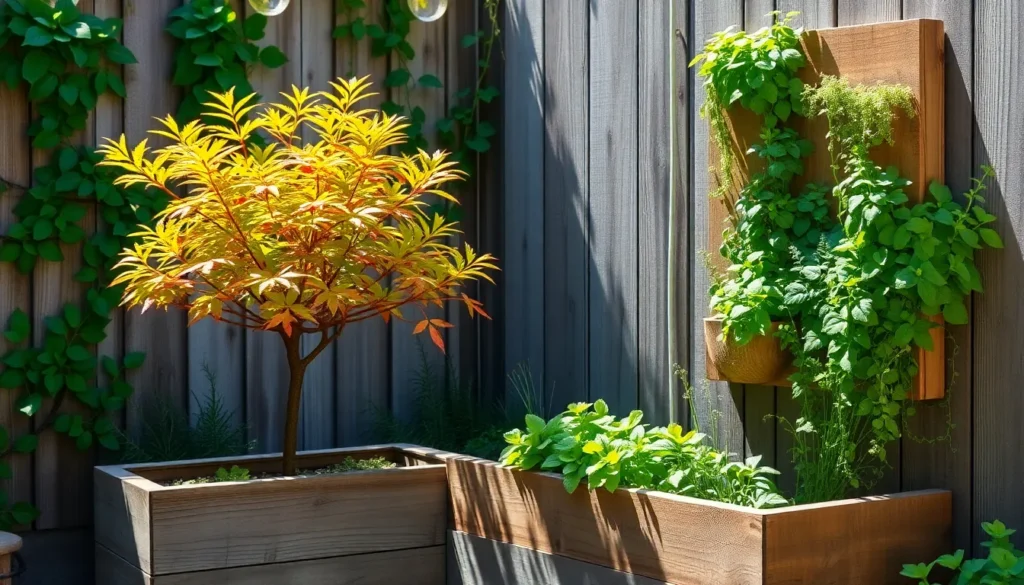Diving into the world of gardening, whether you’re just starting out or have a green thumb seasoned by years of experience, is always an adventure filled with growth and discovery. Small gardens, in particular, offer a unique canvas for creativity, allowing you to transform compact spaces into lush, vibrant sanctuaries that bring joy and tranquility to your home. This guide, “5 Creative Best Plants For Small Gardens,” is your passport to cultivating a thriving indoor oasis, brimming with life and color, even in the coziest of nooks.
In this guide, we’ll explore a curated list of plants that are not only beautiful but also perfectly suited for smaller spaces, ensuring that every gardener can enjoy the thrill of nurturing nature, regardless of their living situation. You’ll find practical tips and insights that make choosing and caring for these plants a breeze, boosting your confidence and ensuring your gardening success. Whether you’re aiming to brighten up a windowsill or create a mini jungle in your living room, the rewards of your efforts will be a constant source of pride and delight. So, roll up your sleeves and let’s embark on this green journey together, creating a space where your gardening dreams can blossom.
Dwarf Conifers (Compact Evergreen Beauty)
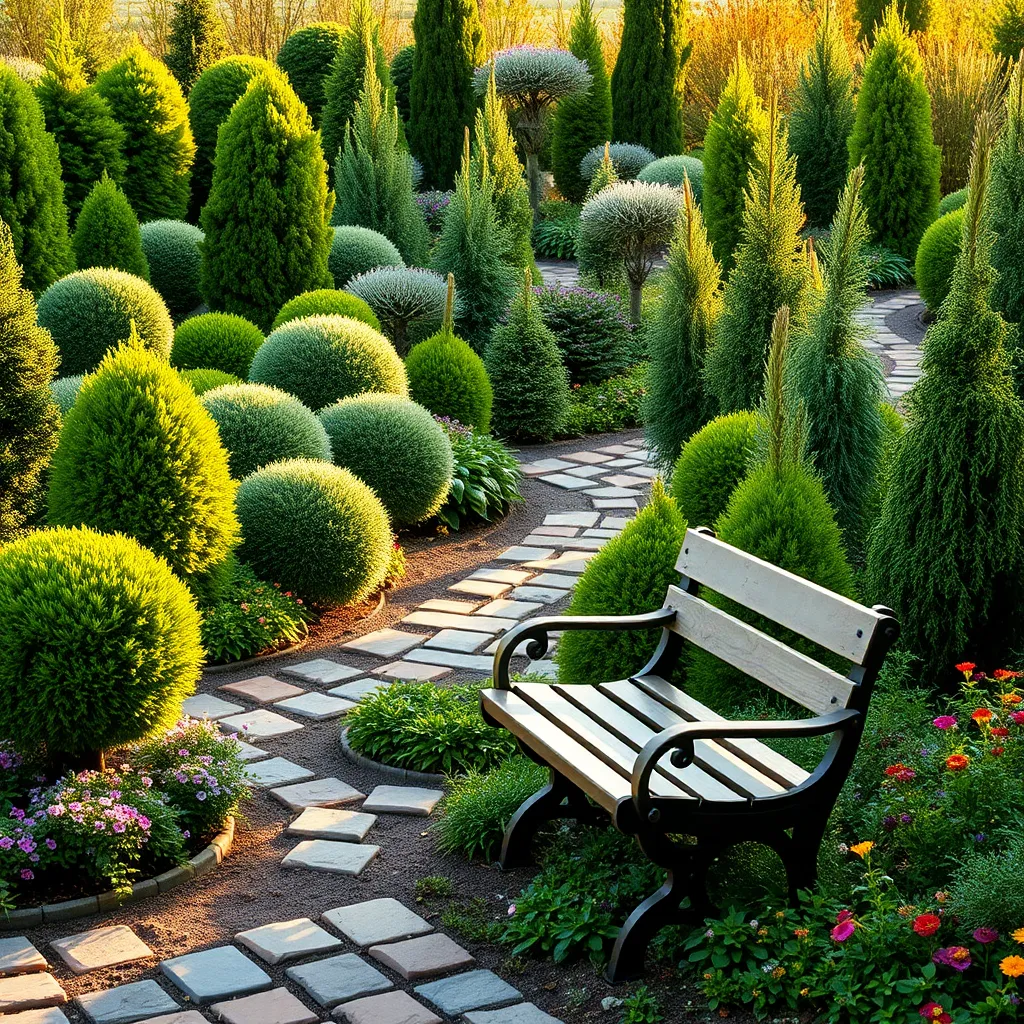
Dwarf conifers are an excellent choice for small gardens due to their compact size and evergreen beauty. These plants offer year-round color and structure, making them a reliable focal point in any garden space.
When choosing dwarf conifers, consider varieties like dwarf Alberta spruce or blue star juniper, which thrive in a range of climates. It’s crucial to plant them in well-drained soil and provide a location with full sun to partial shade.
For optimal growth, water dwarf conifers regularly, especially during dry spells, but be careful not to overwater as they prefer moderately moist conditions. Fertilize them in early spring with a balanced, slow-release fertilizer to promote vibrant foliage and healthy growth.
Beginners will find these plants easy to maintain as they require minimal pruning; simply remove any dead or damaged branches. For those looking to get creative, consider using dwarf conifers in rock gardens or as part of a mixed border to add texture and height variation.
Vertical Herb Planters (Space-Saving Aromatics)
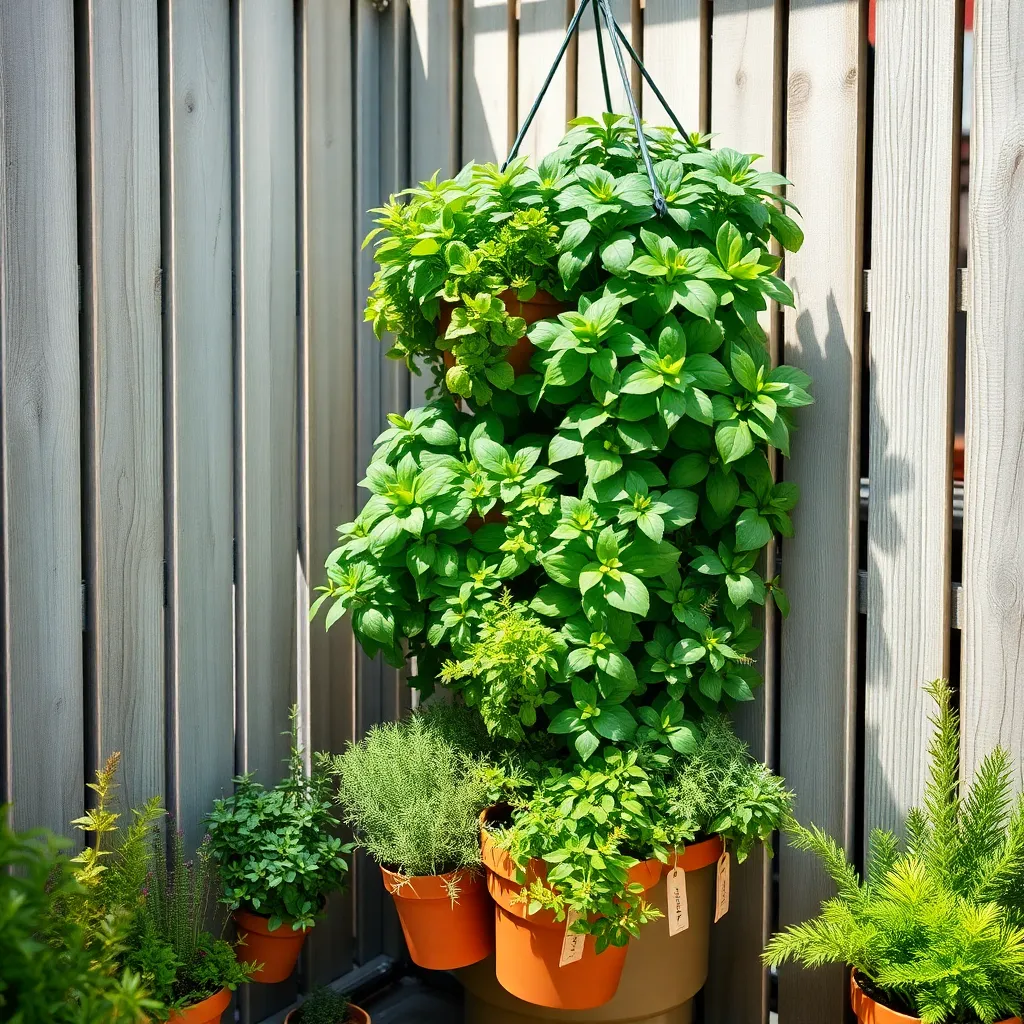
Transform your small garden with vertical herb planters, a clever solution for maximizing limited space. These planters allow you to cultivate a variety of aromatic herbs, turning even the smallest areas into lush, fragrant havens.
To get started, choose herbs that thrive in your climate, such as basil, rosemary, or thyme. Make sure your vertical planter receives plenty of sunlight, as most herbs require at least six hours of direct light daily.
When setting up your planter, use a high-quality potting mix that drains well, as herbs generally dislike soggy roots. Water your herbs consistently, allowing the top inch of soil to dry out between waterings to prevent root rot.
For those with a bit more experience, consider integrating a drip irrigation system to maintain optimal moisture levels. Additionally, regularly prune your herbs to encourage bushy growth and prevent them from becoming leggy.
Here’s a quick tip: Rotate your vertical planter every few weeks to ensure all sides receive equal sunlight exposure. This simple practice helps maintain even growth and prevents some herbs from overshadowing others.
Miniature Roses (Vibrant Blooms in Small Spaces)
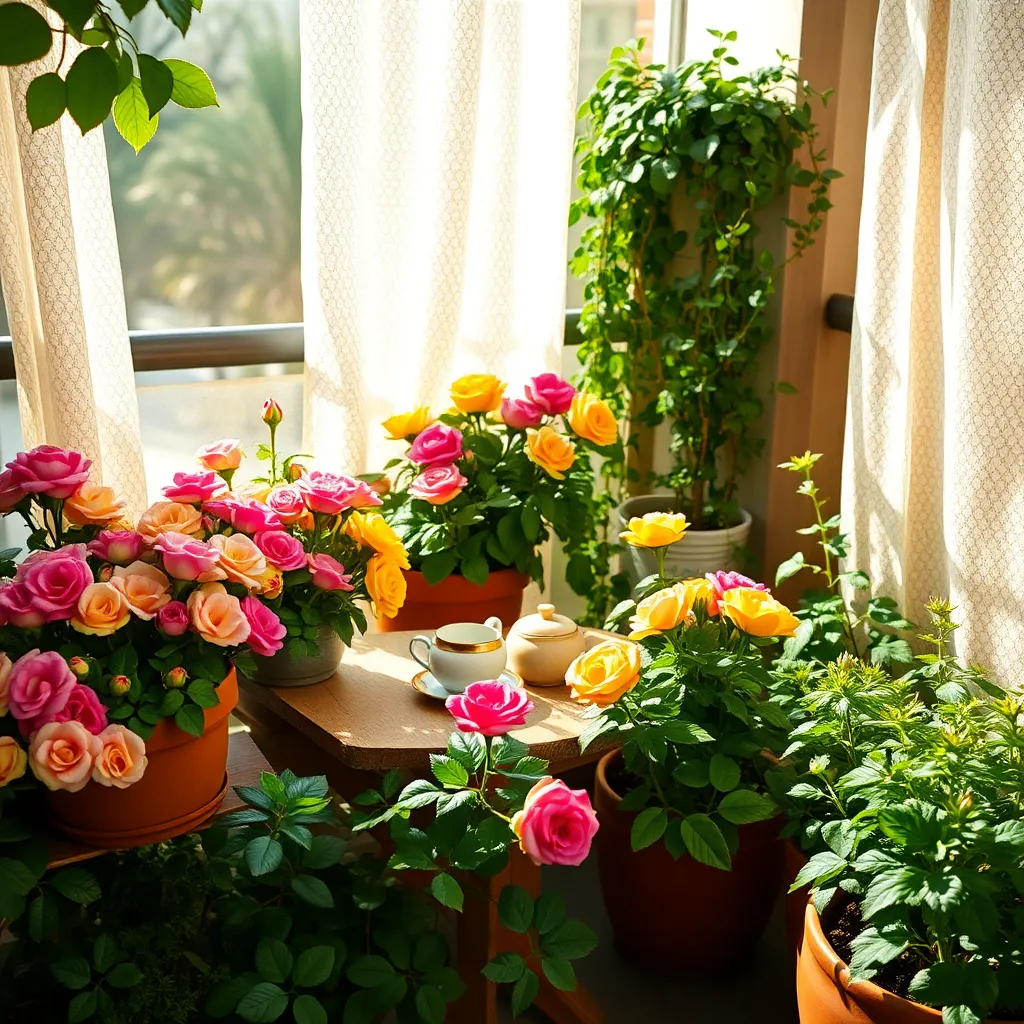
Miniature roses are an excellent choice for small gardens, offering vibrant blooms that pack a punch without taking up much space. These petite beauties thrive in containers, making them perfect for patios, balconies, or any small outdoor area.
To keep your miniature roses healthy, plant them in well-draining soil enriched with organic matter. Ensure they receive at least 6 hours of sunlight daily to promote vigorous blooming and robust growth.
Water your roses consistently, aiming to keep the soil moist but not waterlogged. An excellent tip for maintaining the right moisture level is to use a layer of mulch around the base, which also helps in suppressing weeds.
Regular deadheading encourages continuous blooming throughout the growing season. For advanced gardeners, consider pruning in late winter to shape the plant and remove any dead wood, enhancing the overall health and appearance of your miniature roses.
Succulent Arrangements (Low-Maintenance Charm)
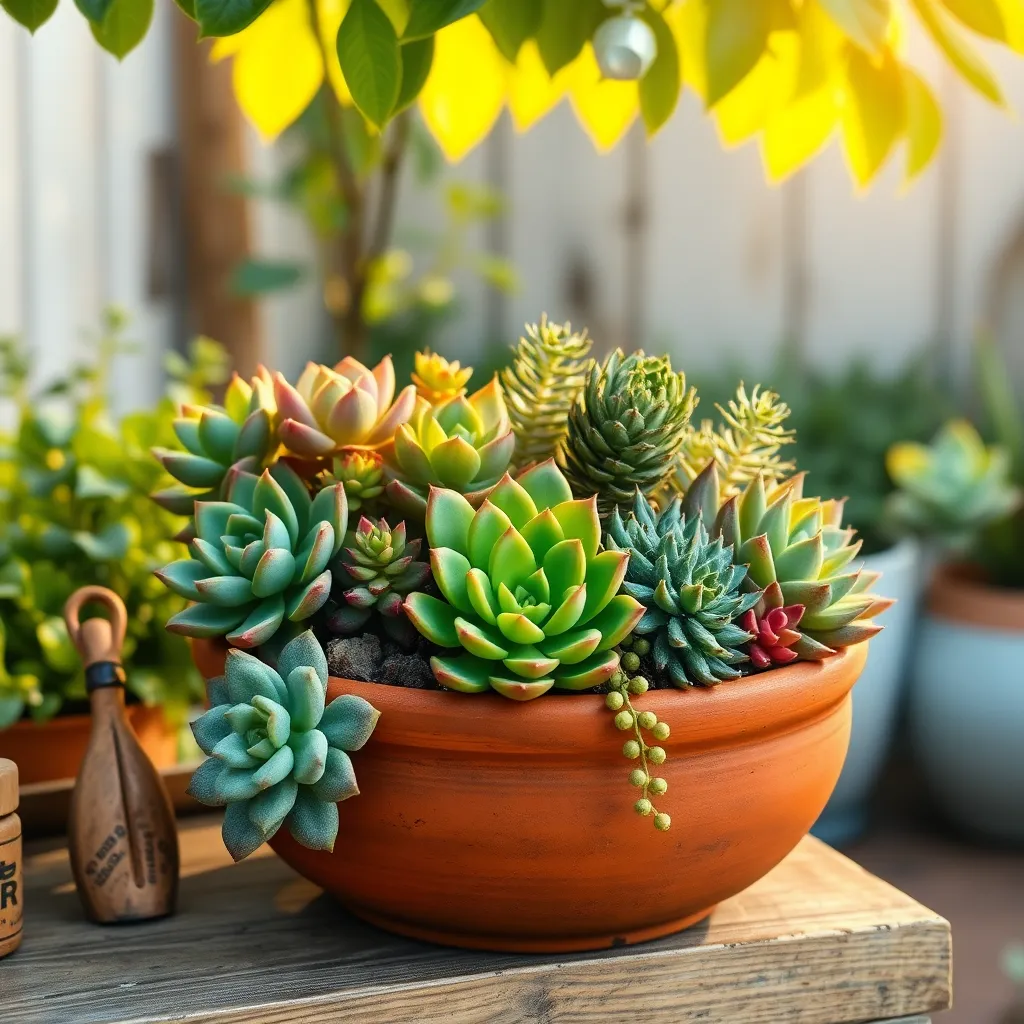
Succulent arrangements bring a touch of low-maintenance charm to any small garden. These plants are ideal for beginners due to their adaptability and minimal care requirements.
To create a stunning succulent display, select a variety of shapes and colors to add visual interest. Placing taller succulents like Aloe or Agave in the center, surrounded by trailing varieties such as String of Pearls, can create a balanced look.
When planting succulents, use a well-draining soil mix specifically formulated for cacti and succulents. This type of soil prevents root rot, which is a common issue if the plants sit in water for too long.
Watering succulents is straightforward; let the soil dry out completely between waterings, typically every two to three weeks. During the winter months, reduce watering frequency as most succulents enter a dormant phase.
Advanced gardeners can experiment with propagation techniques to expand their collections. Propagating from leaves or offsets can be a rewarding way to multiply your favorite varieties while maintaining the original plant’s health.
Espalier Fruit Trees (Efficient Fruiting Method)
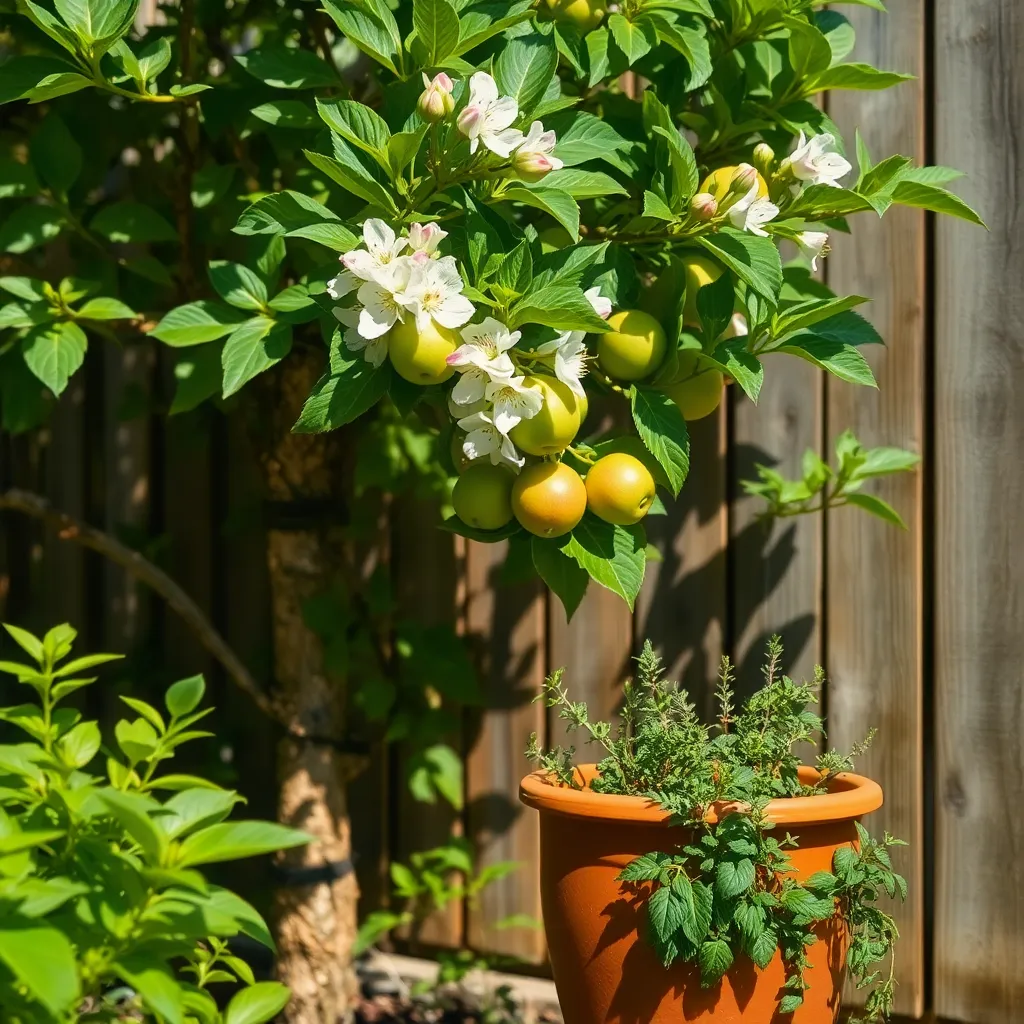
Espalier fruit trees are a fantastic choice for small gardens as they maximize space and productivity. By training branches to grow flat against a support, these trees can thrive along walls or fences, making them both decorative and functional.
To start, choose a fruit tree variety well-suited for espalier, such as apple or pear, which respond well to training. Ensure the location has full sun exposure and well-draining soil, as these conditions are crucial for healthy growth and fruit production.
Begin training your tree in its first year by selecting the main branches to be your primary framework. Use soft ties to secure branches to a trellis or wires, adjusting as necessary to maintain the desired shape without constricting growth.
Regular pruning is essential to maintain the espalier form and encourage fruiting. Prune in late winter to remove any dead or overcrowded branches, and again in summer to keep the shape tidy and promote air circulation.
Conclusion: Growing Success with These Plants
In exploring the vibrant world of small gardens, we’ve uncovered five creative plant choices that beautifully mirror the key elements of thriving relationships. First, succulents teach us the power of resilience and adaptability, much like how relationships thrive on flexibility. Second, the compact beauty of herbs emphasizes the importance of nurturing growth in intimate spaces. Third, the vertical allure of climbers illustrates how reaching new heights together can strengthen bonds. Fourth, the vibrant blossoms of dwarf flowers remind us that adding color and joy can rejuvenate any relationship. Lastly, the calming presence of ferns highlights the soothing effect of creating a peaceful environment.
As a next step, consider choosing one of these plant inspirations to symbolize an area of growth or focus in your relationship today. Whether it’s fostering resilience or adding more joy, let these living reminders guide your journey.
Remember, nurturing your relationship is a continuous process. Bookmark this article now to revisit these insights whenever your garden—or relationship—needs a little extra care. By doing so, you’re not just saving information; you’re investing in a thriving partnership. Here’s to cultivating a future full of growth, love, and lasting success!

